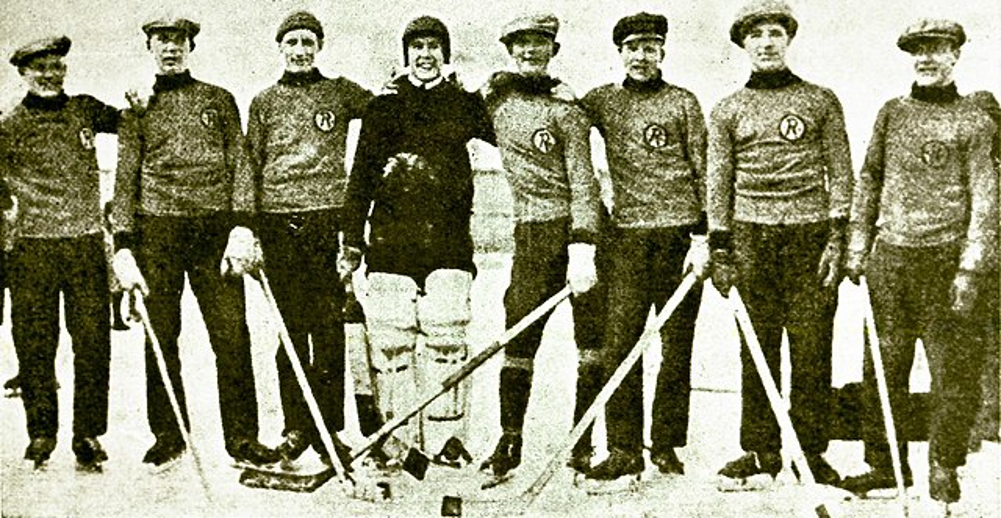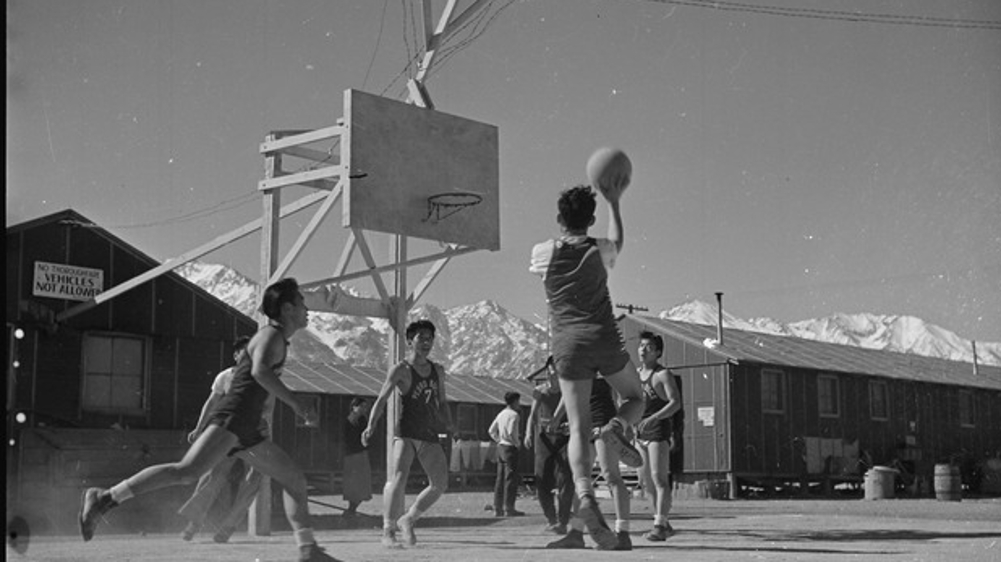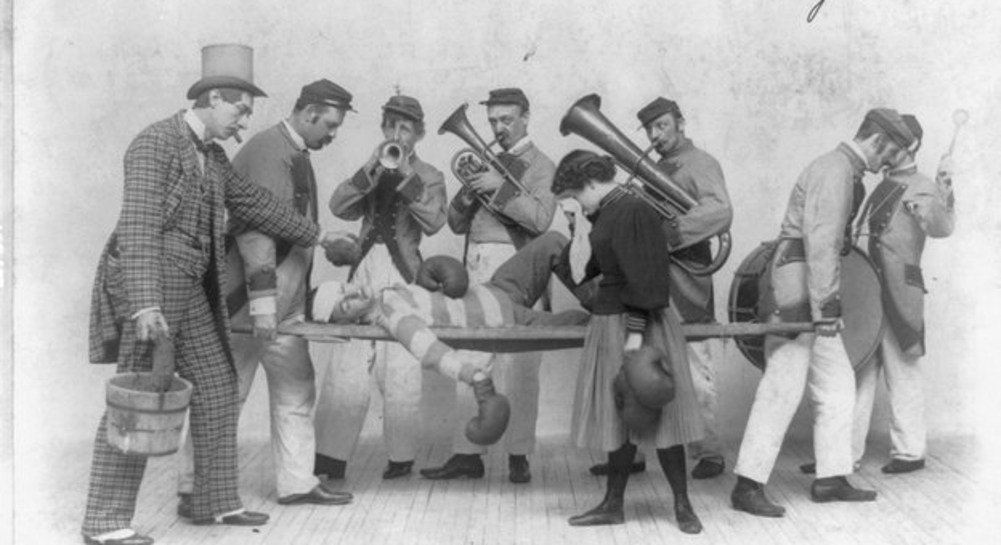Mickey Cochrane Baeball Hall of Fame Catcher
From Multi-Sport Star to Baseball Legend:
Born in 1903, Cochrane excelled in multiple sports at a young age. Initially drawn to football and basketball, he eventually chose baseball. After a standout college career at Boston University, he joined the Philadelphia Athletics in 1925. Despite never leading the league in batting average, his consistent hitting, exceptional on-base skills, and power made him a valuable offensive asset.
A Mastermind Behind the Plate:
Cochrane's true brilliance, however, shone behind the plate. He mastered game calling, anticipating pitches, and guiding his pitchers to success. His leadership extended beyond strategy. He was known for his relentless work ethic and fiery competitive spirit, inspiring his teammates to give their all on the field. This combination of skill and leadership made him a cornerstone of the famed "Connie Mack Athletics" dynasty of the 1920s and 30s.
A Champion's Pedigree:
Cochrane was pivotal in capturing three World Series titles with the Athletics (1929, 1930, and 1931). He formed a legendary battery with pitcher Lefty Grove, and their communication and on-field connection gave opposing hitters nightmares. In 1928 and 1934, he earned the prestigious American League Most Valuable Player Award, solidifying his status as one of the game's elite players.
A Career Cut Short and a Legacy Secured:
Tragically, Cochrane's career was cut short in 1937 due to a brutal beanball incident. Though he attempted a comeback, the severity of the injury forced him to retire. However, his impact on the game transcended his playing days. He managed the Detroit Tigers for several seasons and became a respected coach, sharing his knowledge and fiery spirit with the next generation of players.
A Hall of Famer and an Inspiration:
Inducted into the National Baseball Hall of Fame in 1947, Mickey Cochrane inspires catchers and baseball fans. He embodied the ideal catcher: a skilled defender, a leader on the field, and a crucial offensive contributor. His legacy lives on through his achievements, the dominance of the teams he played for, and the respect he commanded from teammates and opponents.
Mickey Cochrane life and career biography. Born April 6, 1903, in Bridgewater, Massachusetts, was Baseball Hall of Fame catcher Mickey Cochrane. Cochrane played for the Philadelphia A's and Detroit Tigers and managed the Detroit Tigers 1934–38. Mickey was an MLB All-Star 1934and 35; won World Series Titles 1929, 1930, and 1935; American League MVP in 1928 and 1934.
Nellie Fox The Mighty Mite of the Second Base Diamonds
Early Innings (1947-1949):
-Fox began his professional career with the Philadelphia Athletics in 1947 at the tender age of 19. While success didn't come immediately, his exceptional eye at the plate and slick-fielding foreshadowed future greatness.
A White Sox Legend (1950-1965):
-Traded to the Chicago White Sox in 1950, Fox's career truly blossomed. He became a cornerstone of the team, earning eleven All-Star selections and winning the American League Most Valuable Player award in 1959.
-A master of contact hitting, Fox topped the league in batting average seven times, boasting a career average of .288. He was also a singles machine, leading the league in base hits eight times, a record only surpassed by Pete Rose.
-Defensively, Fox was a second-base wizard, winning three Gold Glove Awards for his exceptional fielding. His incredible reflexes and anticipation made him a nightmare for opposing baserunners.
Lefty Grove A Dominant Southpaw and Pitching Legend
Lefty Grove, born Robert Moses Grove in 1900, was a left-handed pitcher who dominated Major League Baseball for 17 seasons. He carved his legacy with the Philadelphia Athletics and Boston Red Sox, etching his name in baseball history as one of the greatest pitchers ever.
Early Career and Rise to Prominence:
After excelling in the minor leagues, Grove joined the Philadelphia Athletics in 1925. He quickly established himself as a force to be reckoned with, leading the American League in strikeouts seven years in a row from 1928 to 1934. His exceptional control, combined with a devastating fastball and a sharp curveball, made him a nightmare for opposing batters.
Peak Years and Championships:
From 1927 to 1933, Grove enjoyed his most dominant stretch. He won at least 20 games in each of those seasons, while leading the league in earned run average (ERA) five times. Notably, he achieved the prestigious "Triple Crown" twice during this period, leading the league in wins, strikeouts, and ERA. This feat cemented his status as one of the best pitchers of his generation.
Grove's contributions were instrumental in the Philadelphia Athletics' success. He helped them win two World Series titles in 1929 and 1930, showcasing his ability to perform under pressure on the biggest stage.
Summary
Lefty Grove was a Baseball Hall of Fame pitcher MLB All-Star on 6 different occasions, was on the World Series winning team 1929 and 30, won the AL MVP in 1931, and the Triple Crown in 1930 and 31.
Lefty played for both the Philadelphia A's and the Boston Red Sox.
Grove is one of the top MLB players to have worn Jersey Number 10.
Home Run Baker
Despite his individual brilliance, Baker's legacy is intertwined with the success of Connie Mack's legendary Athletics teams. Alongside teammates like Eddie Collins and Chief Bender, Baker was a key contributor to five World Series appearances and three championships (1910, 1911, 1913). His clutch hitting and power were instrumental in the Athletics' dominance.
Despite playing in a low-scoring era, Baker finished his career with 96 home runs, a significant accomplishment for his time. He was inducted into the Baseball Hall of Fame in 1952, a testament to his impact on the game.
Home Run Baker's story serves as a reminder of the forgotten heroes of baseball's early eras. While his feats may not translate as directly to the modern game dominated by home runs, his power hitting in a low-scoring era deserves recognition and left his mark on baseball history.
George Kell Baseball Hall of Fame
Kell's journey began with the Philadelphia Athletics in 1943. Though his early years were overshadowed by World War II, his talent was undeniable. He possessed a smooth swing, a keen eye at the plate, and an uncanny ability to make consistent contact. This translated into a staggering nine seasons where he batted over .300, including a league-leading .343 in 1949, narrowly edging out the legendary Ted Williams.
While not a power hitter, Kell was a nightmare for opposing pitchers. He averaged a mere 26 strikeouts per season, showcasing his exceptional plate discipline and ability to put the bat on the ball. He won the hearts of fans with his hustle and grit, diving for every grounder and never giving up on a play. His quiet leadership and positive attitude were invaluable assets to the teams he played for.
Kell's greatest success came with the Detroit Tigers, where he became a fan favorite and a fixture at third base for seven seasons. He was a key member of their potent lineup in the early 1950s, playing alongside the likes of Al Kaline and Harvey Kuenn. While the Tigers never reached the World Series during his tenure, Kell's consistency and leadership were instrumental in their success.
Following his playing career, Kell transitioned seamlessly into broadcasting, becoming a beloved voice for the Detroit Tigers for an incredible 37 years. His folksy charm and insightful commentary endeared him to a new generation of fans.
The life and career biography sketch of former MLB star George Kell. Kell was an MLB third baseman from Arkansas State who played 15 seasons for the Philadelphia Athletics (1943–1946), Detroit Tigers (1947–1952), Boston Red Sox (1952–1954), Chicago White Sox (1954–1956), and Baltimore Orioles (1956–57). He is one of the top MLB players that wore the Jersey Number 7.
Augie Galan Baseball Hall of Fame
Galan, born in 1910, entered the professional ranks in 1931. Notably, he was a switch-hitter, a rarity at the time, adding an extra layer of versatility to his skillset. His early years were spent bouncing between minor league teams, showcasing his potential but struggling to find a permanent home. Finally, in 1934, the Chicago Cubs saw his talent and called him up to the big leagues.
Galan's arrival in Chicago coincided with the rise of the Cubs' powerhouse lineup. Though not a superstar himself, he became a reliable contributor, batting a consistent .280 or higher in his first three seasons with the team. His ability to hit from both sides of the plate proved valuable, allowing him to adapt to different pitching matchups.
In 1937, Galan was traded to the Brooklyn Dodgers, embarking on the first of several trades throughout his career. While his batting average dipped slightly during his time with the Dodgers, he remained a steady presence in the lineup, playing a key role in their 1941 World Series run. He even had a memorable moment in the Fall Classic, hitting a home run against the Yankees' legendary pitcher Red Ruffing.
Galan's career continued with stints on the Cincinnati Reds, New York Giants, and Philadelphia Athletics. Though his prime years were arguably with the Cubs and Dodgers, he continued to be a valuable option for these teams, often batting around .270 and providing solid defense at first, third, and left field.
One interesting aspect of Galan's career is his shifting stance as a switch-hitter. While he initially batted from both sides of the plate, records show him primarily hitting right-handed in 1941 before returning to switch-hitting for a few years. In the latter half of his career, he transitioned to batting exclusively left-handed. This adaptation throughout his years demonstrates his dedication to staying relevant and adjusting his approach to the game.
By the time Augie Galan hung up his cleats in 1949, he had compiled a solid .287 career batting average, played in three World Series (winning one), and earned three All-Star selections.
May 23, 1912, in Berkeley, California, was August John Galan. He was a professional baseball outfielder, manager, and coach.
He played 16 seasons in Major League Baseball from 1934 to 1949 for the Chicago Cubs, Brooklyn Dodgers, Cincinnati Reds, New York Giants and Philadelphia Athletics.
Wilbert Robinson
Cap Anson His Baseball Brilliance and Racial Biases
Anson's baseball journey began in the National Association (NA) before flourishing in the newly formed National League. He quickly established himself as a dominant force, a feared hitter with exceptional bat control. His leadership qualities were evident, and he captained the Chicago White Stockings (later Cubs) to five National League pennants in the 1880s. His innovative tactics, including the use of signals and a focus on pitching rotation, helped shape the game's strategic evolution.
Anson's offensive prowess was legendary. He was one of the first players to reach the coveted 3,000-hit mark, a testament to his longevity and consistency. He led the league in runs batted in (RBI) an astonishing seven times and remains a franchise record holder for the Chicago Cubs in numerous offensive categories.
However, Anson's legacy is deeply tarnished by his unwavering racism. He vehemently opposed integration in baseball, refusing to take the field against teams with Black players. This stance, unfortunately, reflected broader societal prejudices of the time. While his contributions to the game's on-field development are undeniable, his racist views cast a long shadow and represent a dark chapter in baseball history.
The complexities of Cap Anson's legacy demand a nuanced approach. He was a baseball pioneer, a skilled player, and a shrewd manager who helped shape the sport we know today. However, his racism cannot be ignored or downplayed. It is a critical part of baseball's history, a reminder of the sport's long journey towards inclusivity.
Born April 17, 1852, in Marshalltown, Iowa, was Baseball Hall of Fame infielder Cap Anson. Including his time in the National Association, Cap played a record 27 consecutive seasons. Anson was regarded as one of the greatest players of his era and one of the first superstars of the early MLB. He spent most of his career with the Chicago Cubs franchise (then known as the "White Stockings" and later the "Colts"), serving as the club's manager, first baseman and, later in his tenure, minority owner.
Baseball's Grand Old Man
Playing Days (1886-1896):
-A journeyman catcher known for his intelligence and leadership, not raw power.
-Briefly managed Pittsburgh before establishing the Philadelphia Athletics in 1901.
Early A's Dynasty (1901-1914):
-Built a powerhouse team based on pitching, defense, and smart baserunning.
-Won six of the first 14 American League pennants, establishing the A's as a dominant force.
-Developed stars like Eddie Plank and Nap Lajoie, ushering in a new era of strategic baseball.
Post-Dynasty Struggles (1915-1928):
-Failed to replicate early success, often trading away star players due to financial constraints.
-Faced criticism for his stubborn adherence to old-school tactics amidst the rise of the "live-ball" era.
Second A's Dynasty (1929-1931):
-Unearthed another generation of superstars like Al Simmons and Mickey Cochrane.
-Won two consecutive World Series, silencing his critics and proving his adaptability.
Later Years and Legacy (1932-1956):
-He continued managing into his 80s, winning over 3,700 games, a record that still stands.
-He Was inducted into the Baseball Hall of Fame in 1937, a testament to his unparalleled longevity and impact.













